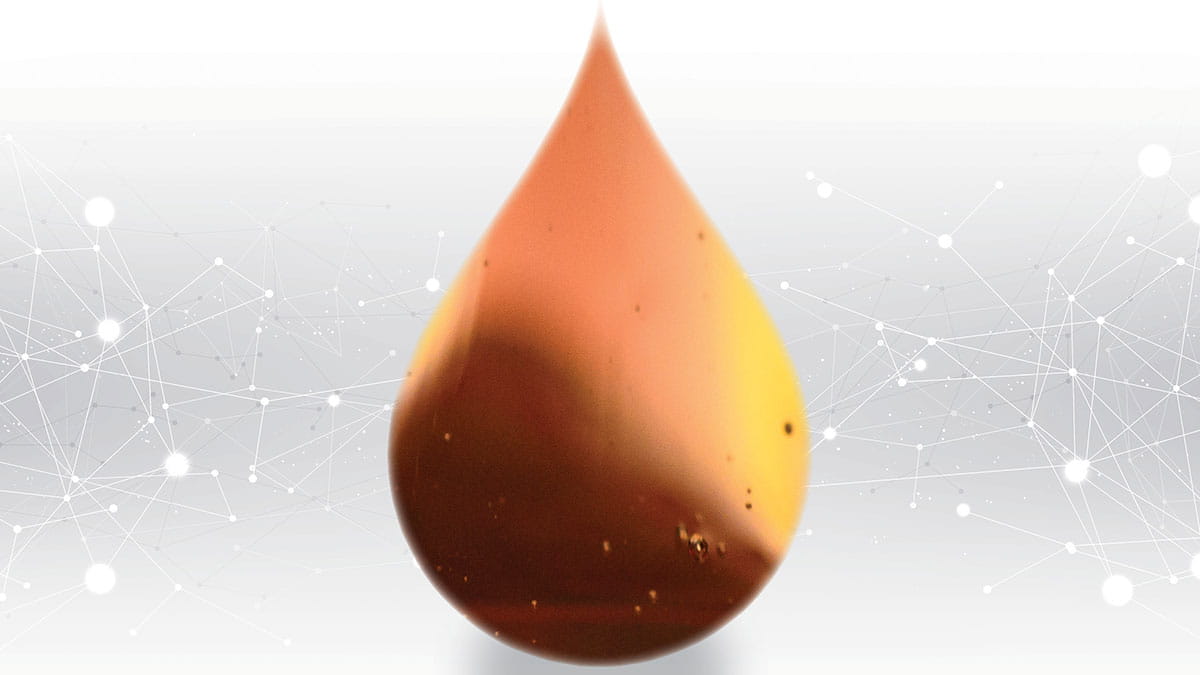Who We Are
The Aramco Hydrocarbon Journey

Global August 18, 2021 - By
Reservoir thinking: Decades of greenhouse gas mitigation in our operational DNA.
All oils are not equal
Arabian oils have a place in our carbon conscious world.
Lying beneath the Kingdom’s deserts and offshore waters, their high gravity scales and low upstream carbon intensity rank them among some of the world’s finest crude oil.
Nevertheless, Arabian oils are not just a geological gift.
Oil and gas reserves carry different levels of associated greenhouse gas emissions.
Without production diligence, even a pure-quality oil can carry a high carbon intensity.
Smart thinking and well-trained people are key to low carbon oils. As is wisely maintained infrastructure, and a futuristic helping hand from technology.
And, just like slow and steady oil production is best for mitigation, so is careful reservoir thinking.
Oil is needed by the modern world for the foreseeable future.
Together, our people and our oil, make us unrivalled.
Exploration is the early stage of an Aramco hydrocarbon’s journey, and our exploration history goes back more than 80 years.
Through advancements in seismic imaging, Aramco has been able to map subsurface areas across the Kingdom.
With the growing amount of data being collected, we have refined the analysis of that data to more precise exploration of hydrocarbons, leading to far greater efficiency and reduction in costs.
Oil and gas is not a calm lake of fluid.
Instead, like honey in a sponge, it tempestuously hides in porous underground rock spaces, behaving in a complex manner.
Hydrocarbons, on their way to the surface, also alter between liquid and gaseous phases.
Before hydrocarbons are unlocked from an Aramco operated oil and gas reservoir, many smart minds model the complex makeup of what lies beneath. Knowing and applying a reservoir’s deepest secrets before extracting its hydrocarbons yields better greenhouse gas (GHG) management.
Slow, steady, sustainable
Aramco works its reservoirs differently to the typical industry practice where production rates per field are maximized.
A rapid pace of oil extraction risks damaging the oil-bearing strata and exacerbating emissions. At Aramco, we listen to our reservoirs, and are able to decode the reservoir language.
Sometimes we reduce the offtake from some older reservoirs so they can take a rest, and increase it from the younger reservoirs. This way, the older reservoirs live longer, and give more. A slow and steady pace avoids overstressing reservoirs, and is more sustainable for both the environment and business.
Thoughtful crude slate
The Kingdom’s Hydrocarbons Law requires Saudi Arabia’s reservoirs to be managed for long-term value and productivity.
Behind one of the world’s largest conventional proved liquids reserves is an intricate mix of teams in Aramco’s Dhahran headquarters.
Their careful thinking about the company’s reservoirs inputs into production decisions on the company’s “crude slate.” The slate is a summary of an annual extensive list deciding which of the company’s hundreds of reservoirs will produce what levels of fluids, and how.
For many decades, most of Aramco’s crude oil fields have produced at low annual depletion rates of 1% to 2%, relative to estimated ultimate recovery.
For each barrel of oil equivalent Aramco produces, its GHG emissions — measured in terms of carbon dioxide equivalent (CO2e) — are among the lowest in the industry.
Sophisticated thinking for ultimate recovery
Aramco uses leading technology and advanced innovation to discover, and model, the complex secrets of what lies beneath.
In the early 1990s, international oil companies started to use 3-D seismic technology to better define oil and gas fields, allowing smaller fields to be efficiently produced using advanced systems such as horizontal completions.
Aramco applies these technologies to the long-term reservoir management of its giant fields.
The combination of accurate geological models, and well placed extended reach drilling with horizontal completions, led to further reduced costs, less water production, less emissions, and improved recovery efficiencies.
Reservoir simulation models
Today, Aramco’s producing reservoirs have highly sophisticated reservoir simulation models, which are updated continuously with new drilling and production data. The data is the basis for developing and evaluating alternative reservoir management strategies.
Many key reservoir management technologies were developed in Aramco’s own research facilities, such as the company’s proprietary reservoir simulation program TeraPOWERS, GeoDRIVE for subsurface mapping, and smart flooding for injecting water.
The Fourth Industrial Revolution offered new possibilities to take reservoir management to new horizons leveraging new capabilities, machine learning, and artificial intelligence in areas such as well placement, water management, and modeling.
Using data analytics and simulation models to manage reservoirs — in combination with good old-fashioned brainpower from Aramco’s expert geophysicists, geologists, petroleum engineers, and production operations staff — means Aramco reaches significantly higher recovery factors than what is generally recovered by the industry.



